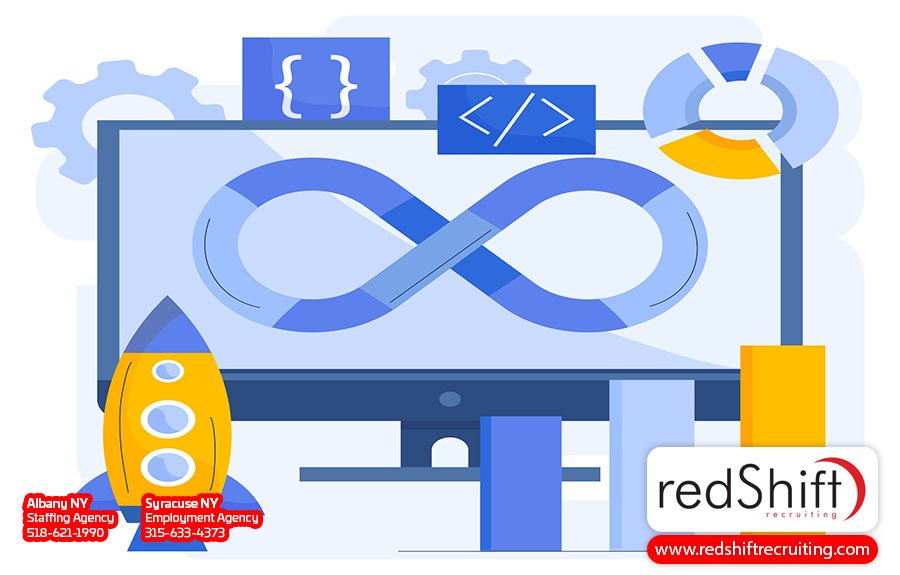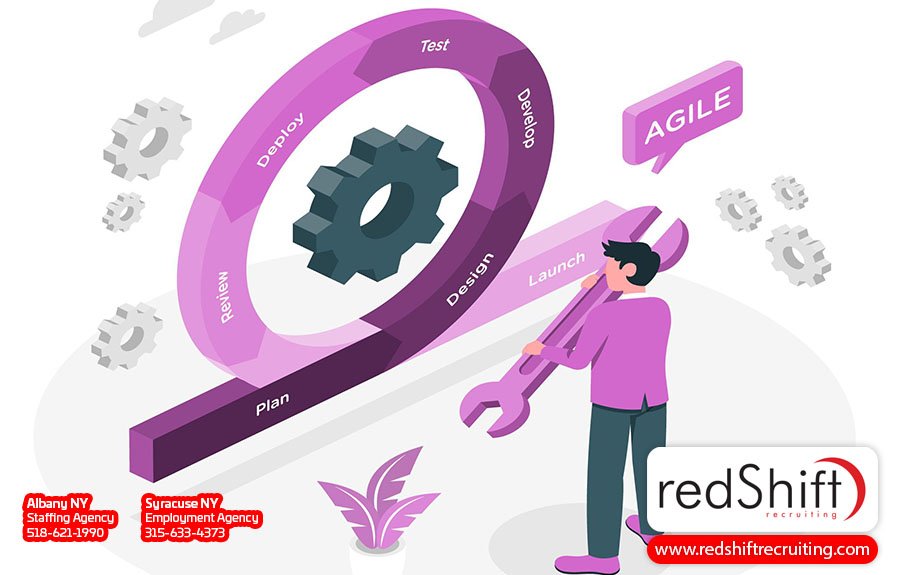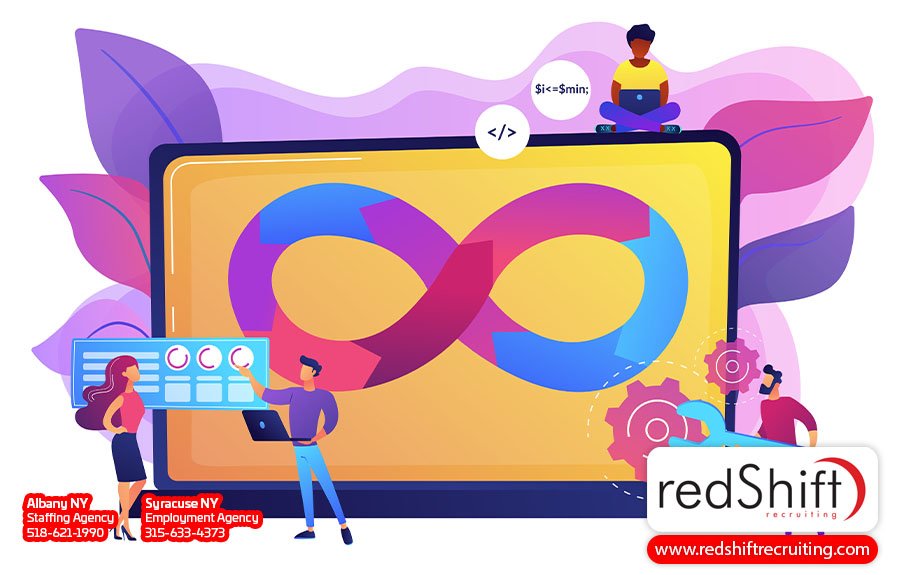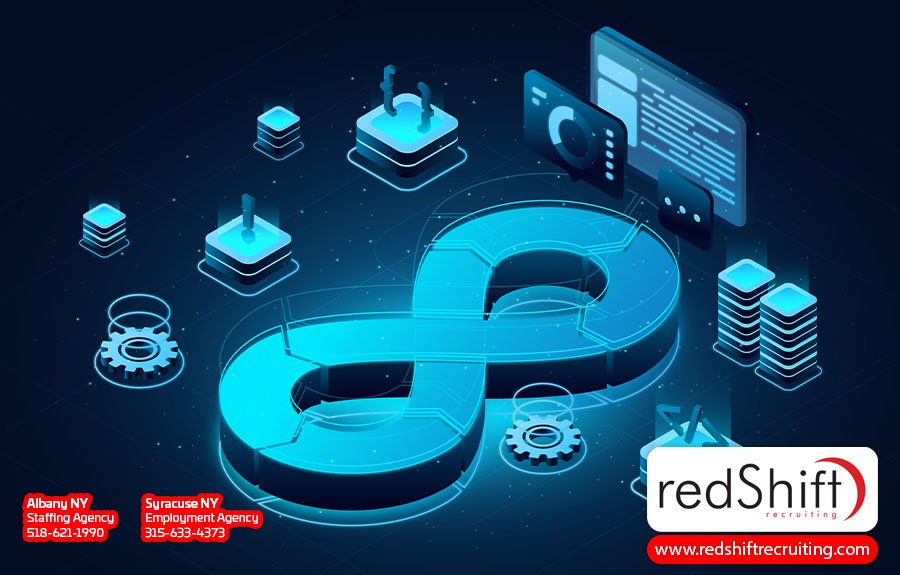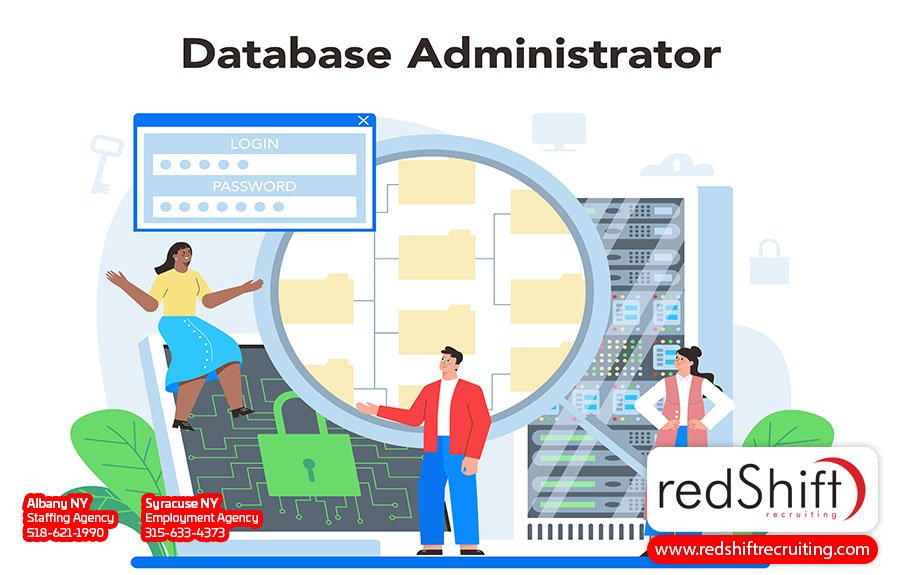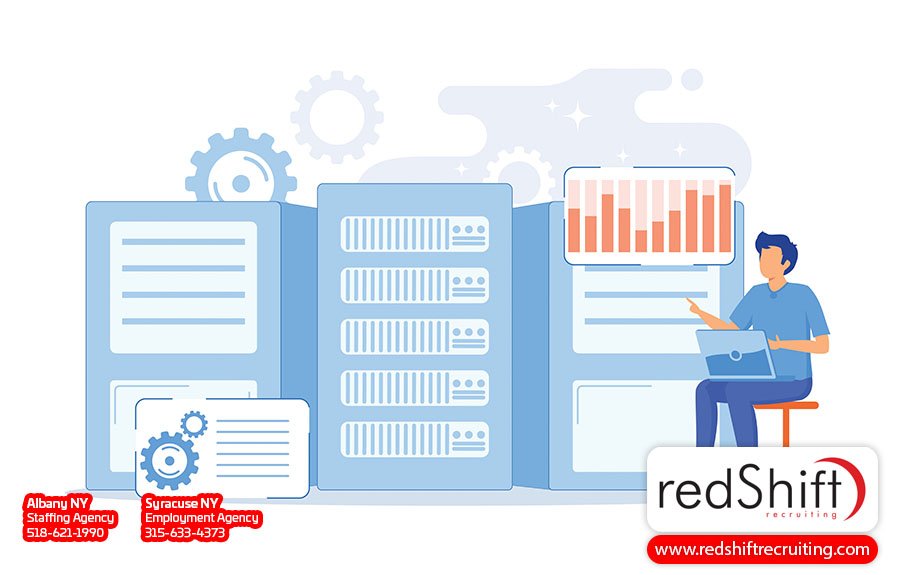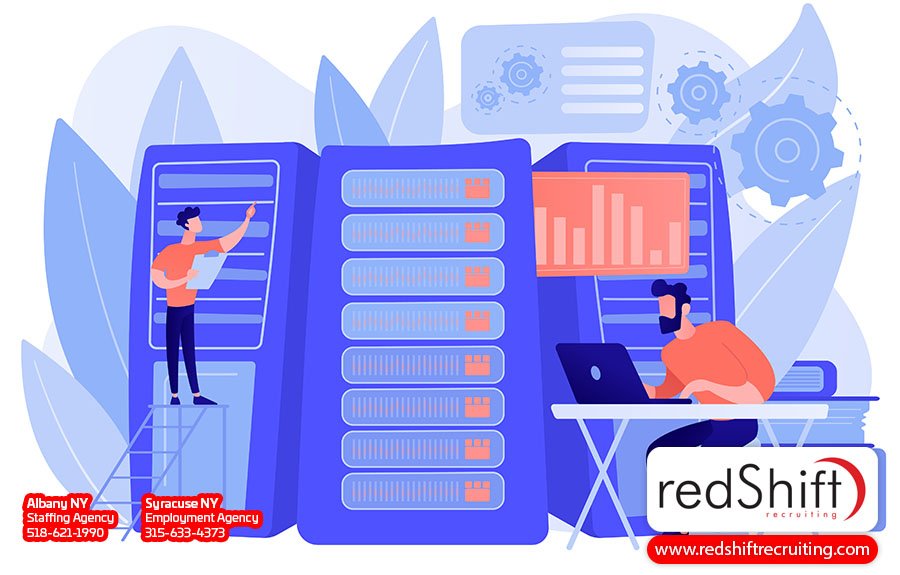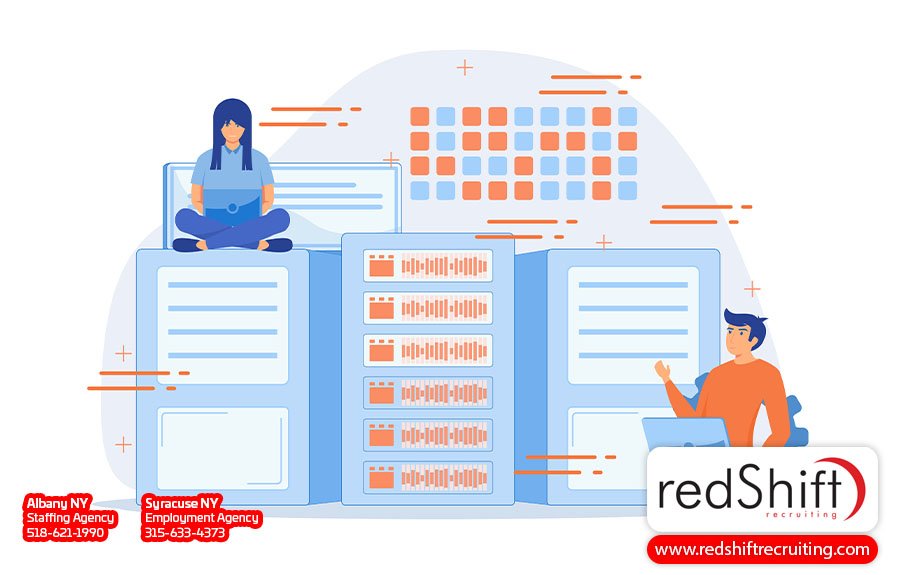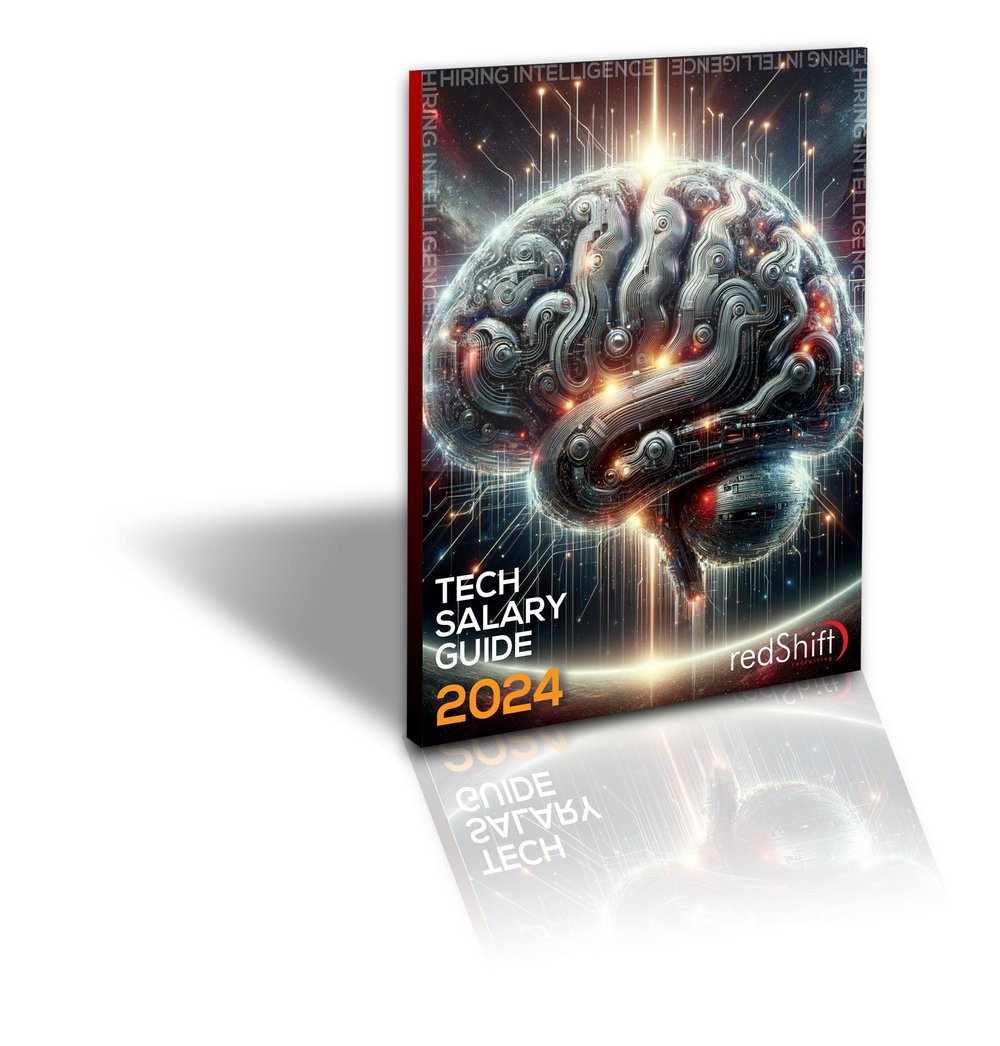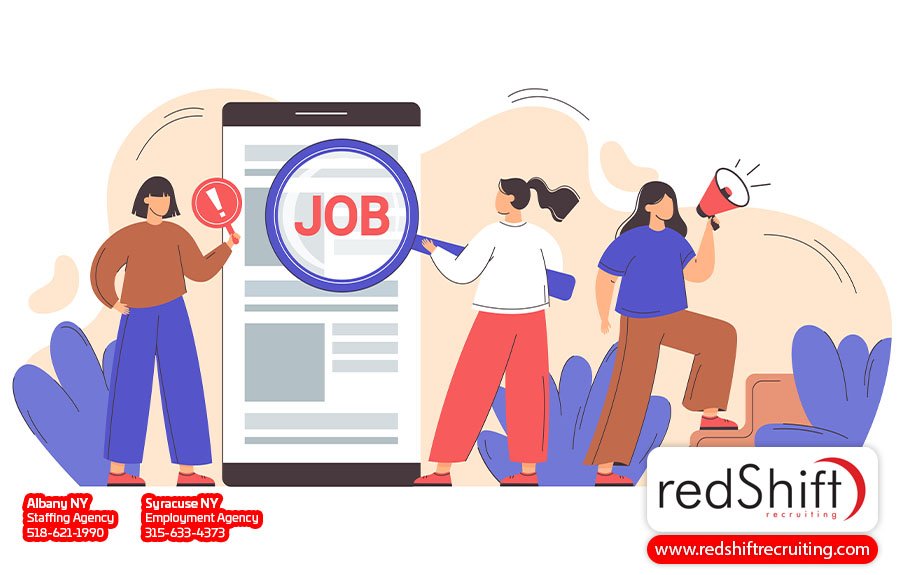
In today’s competitive landscape, businesses are under constant pressure to adapt quickly and efficiently to market changes. As employers strive to optimize operations and boost productivity, factors such as peaks in demand, time-sensitive projects, and employee absences can strain resources and reduce efficiency. The strategic use of temporary administrative staff offers a flexible and effective solution, enabling businesses to transform these challenges into opportunities. By partnering with a temporary staffing agency, organizations can tap into a pool of skilled professionals ready to step in and enhance productivity without the long-term commitment of permanent hires. Keep reading to learn more about the benefits of integrating temporary staff and their positive effects on business efficiency.
Advantages of Hiring Temporary Administrative Staff
Employing temporary administrative staff provides numerous strategic advantages, enhancing operational efficiency and helping businesses navigate workload fluctuations effectively. This staffing model not only allows for scaling according to current needs but also optimizes resource allocation and budget management. The benefits of hiring temporary employees include the following:
Cost-Effectiveness
Working with a temporary staffing agency significantly streamlines the hiring process by outsourcing a range of tasks, such as candidate sourcing, recruitment, prescreening, scheduling, communication, and salary negotiations. This reduces hiring time and expenses while allowing permanent employees to focus on their core responsibilities. As the legal employer, the staffing agency also shoulders all employer liabilities and duties, significantly reducing the overhead costs and hiring risks associated with permanent employees. Furthermore, hiring temporary staff can help businesses control overall staffing costs more effectively, as temporary contracts usually don’t require long-term financial commitments such as health insurance, benefits, and extensive training.
Immediate Availability
Temp workers are often readily available and can be onboarded quickly, which is crucial for covering unexpected absences or sudden project needs without the usual hiring delays. Additionally, temp agencies usually maintain a pre-vetted pool of candidates, ensuring that skilled personnel are quickly available to maintain uninterrupted operations.
Specialized Skills and Expertise
Temporary employees bring specialized skills and expertise, enabling businesses to meet specific project demands with precision. Partnering with a temporary staffing agency gives employers access to a diverse talent pool, enabling hiring managers to meet staffing needs while fostering innovation and efficiency. This is particularly valuable for short-term projects requiring unique skillsets.
Flexibility & Scalability
The flexibility and scalability of temporary staff allow businesses to adjust workforce size based on fluctuating workloads, improving the organization’s ability to manage seasonal peaks or unexpected increases in demand. Their quick adaptability is also advantageous for handling special projects and meeting market demands efficiently.
Reduced Workload for Core Staff
Integrating temporary administrative staff alleviates the burden on permanent staff, allowing them to focus on core competencies and strategic initiatives. This not only prevents burnout but also improves job satisfaction and drives business growth by freeing permanent employees from routine tasks so they can engage in higher-value activities.
Innovation
Temporary employees infuse fresh perspectives and creativity into the workplace, enhancing problem-solving and bringing innovative solutions to challenges. This dynamic addition can significantly boost the team’s overall creativity and ability to address new market opportunities.
Pathway to Permanent Employment
Hiring temporary employees or contract workers also serves as a pathway to permanent employment, providing a trial period during which temporary employees demonstrate their skills and compatibility with the team. This “try before you buy” approach allows for informed decision-making on permanent placements, reducing hiring risks and helping employers find qualified candidates for permanent positions.
By strategically hiring temporary workers for administrative needs, companies gain the agility to manage costs effectively and enhance productivity, securing a competitive edge. Embracing this flexible staffing solution allows businesses to swiftly adapt to industry changes and market demands, supporting long-term business goals and workforce stability.

How Temporary Administrative Staff Support Your Business
Temporary administrative staff play an invaluable role in maintaining efficiency and productivity in business operations, handling common admin tasks, assisting with projects, and providing crucial support to your permanent team. These professionals adeptly handle a wide array of key administrative duties, from scheduling, data entry, and filing to reception, customer service, and email management. By offloading these routine but essential administrative tasks, your permanent staff can dedicate more time to advancing core business goals, enhancing productivity, implementing strategic initiatives, and fostering a dynamic workplace environment.
In addition to day-to-day tasks, skilled temporary administrative staff provide strategic support for projects and initiatives requiring specialized skills and unique insights. They are invaluable in facilitating office reorganizations, transitioning to new administrative support tools, or completing database management projects. These professionals adeptly handle the complexities of project management from planning through execution, ensuring seamless integration and minimal disruption to daily operations. For businesses requiring event-based support, experienced administrative temp workers can provide crucial aid for navigating the logistical challenges of conferences, trade shows, or other large-scale business gatherings. Their ability to manage registration desks, oversee venue logistics, and coordinate with multiple stakeholders ensures that events run smoothly, allowing permanent teams to focus on content delivery and engage more fully with attendees. Additionally, for less complex yet essential projects, such as data entry or other organizational tasks, temporary staff provide efficient, focused assistance.
Vacation and leave periods are another critical time when temporary staff can be particularly beneficial. Whether providing coverage during a full-time employee’s family leave or filling in during an unexpected absence, a temporary worker helps ensure continuity by filling gaps and preventing the workflow disruptions that can occur when key personnel are absent. This seamless integration of temporary workers helps maintain operational stability, which is crucial for meeting deadlines and sustaining productivity without overburdening other team members.
Temporary administrative staff also serve as a strategic asset during peak workload periods or seasonal fluctuations in business activity. Their flexibility allows for an agile response to changing needs, enabling businesses to scale their workforce up or down as required. This not only optimizes resource allocation but also ensures that businesses can swiftly adapt to market demands or unexpected challenges without compromising on service quality or operational deadlines.
Ultimately, the strategic use of temporary administrative staff is a smart business practice that supports sustained productivity and efficiency. This approach significantly reduces administrative burden, enabling your core team to focus on what they do best. Whether updating a database, assisting with a new marketing campaign, facilitating a major transition, or providing support during a busy period, they keep your business operations streamlined and effective without the long-term commitment of hiring permanent employees. By integrating these skilled professionals into your team, you can maintain a resilient and responsive business environment that is well-equipped to handle both planned strategic initiatives and the unforeseen challenges of today’s fast-paced business world.
When to Consider Temporary Administrative Staff
Temporary administrative staff can be a strategic asset during key business scenarios, each presenting unique challenges that require flexible staffing solutions. Their integration into your team can be especially critical in the following circumstances:
-
Business Expansion: When your company is experiencing rapid growth, a temporary employee can manage increased administrative demands without the long-term commitment that comes with permanent hires. This allows your business to remain agile and responsive as it scales, ensuring that productivity is maintained without overburdening your core staff.
-
Seasonal Demand: Industries with pronounced seasonal peaks—such as healthcare during open enrollment periods, tax preparation services during tax season, or event planning businesses during peak seasons—benefit greatly from the ability to scale their workforce. Temporary staff help handle the surge in workload and are scaled down once demand wanes, maintaining operational efficiency and customer satisfaction without the need for permanent hires.
-
Project-Specific Needs: For projects that require specialized skills temporarily—such as IT upgrades involving CRM or ERP systems or compliance projects requiring specific regulatory knowledge—experienced temporary employees can offer invaluable expertise. This approach is cost-effective and ensures that project deadlines are met with precision, without the need for extensive permanent employee training.
-
Transitional Periods: During mergers, reorganizations, or major shifts in company direction, temporary staff can provide continuity and stability. They support existing teams as they navigate new processes and systems, ensuring that the business continues to operate smoothly during transitional phases.
-
Family or Sabbatical Leave: Temporary workers are ideal for filling gaps during extended leave periods for permanent staff, such as sabbaticals or maternity leave. This ensures that critical functions are covered, reducing the workload on remaining staff while maintaining productivity.
-
Unexpected Staff Shortages: Temporary administrative staff can quickly fill roles when unexpected shortages occur due to illness, sudden departures, or other unforeseen absences. This flexibility helps maintain normal operations and prevents delays in critical processes or services.
-
Special Events or Major Campaigns: For organizations that occasionally run large-scale events, campaigns, or promotional activities that require a temporary increase in staff, hiring temporary employees can provide the additional resources needed for the event duration.
-
Testing New Markets: When a business is considering expansion into new geographic or product markets, temporary staff can be employed to support initial operations without the financial risk associated with hiring permanent staff. This is especially useful when the long-term viability of the market is still being assessed.
-
End-of-Year or Financial Closing Periods: Many companies experience increased workload during end-of-year or financial closing periods. Temporary staff can assist with the additional accounting, administrative, and support tasks associated with these peak times.
-
Technology Implementation or Migration Projects: When companies undertake significant technology shifts, such as software upgrades or migrating systems to new platforms, temporary workers can be a valuable asset. In addition to IT professionals offering specialized technical skills, administrative workers can assist with related data entry projects, manage documentation flow, and help coordinate communication between departments to ensure a smooth transition without adding to the permanent headcount.
When deciding whether to hire temporary employees, it’s important to weigh the cost-effectiveness of temp workers versus the investment in training existing employees or filling permanent positions. However, in cases such as those discussed, temporary hires may be the more efficient choice, allowing businesses to allocate resources where they are most needed without compromising the quality of work or service delivery.

Best Practices for Integrating Temporary Staff Into Your Team
Integrating temporary staff into your team demands attention to detail and a structured approach to ensure success. First, it is crucial to address potential concerns by clarifying how temporary employees can support and enhance the efforts of the permanent team. Next, implementing a structured onboarding process is essential. This process starts with clear communication from the outset, where job responsibilities are explicitly outlined to avoid misunderstandings. A thorough orientation session should be conducted to introduce temporary staff to the company’s policies, procedures, and culture. Providing all necessary resources and access upfront can prevent any operational hiccups, reduce turnover, and help temporary employees hit the ground running.
To facilitate the onboarding process and enhance the experience for temporary staff, assign a mentor or buddy from your current team who can guide them through their initial days, answer questions, and offer support as they navigate their new environment. This not only helps in resolving any issues quickly but also integrates temporary staff more deeply into the team’s dynamics.
Inclusion is key in the integration process. Include temporary staff in regular team meetings and relevant activities to foster a sense of belonging. This involvement not only enhances their understanding of their roles but also builds relationships within the team. Open channels of communication should be maintained at all times, allowing for feedback and discussion that can lead to improvements in how team members collaborate. Additionally, leveraging the specialized skills of temporary workers can lead to better project outcomes and knowledge sharing within the team. These strategies are essential for effectively managing temporary employees, enhancing their engagement and understanding of their roles while maximizing their potential to positively impact project outcomes and team dynamics.
Effectively integrating temporary employees also requires establishing a productive and effective relationship with your temporary staffing agency. First, it’s crucial to take the time to provide recruiters with a clear understanding of your business needs. This foundational knowledge enables them to provide candidates who will not only meet the specific requirements of the temporary position but also fit seamlessly into your organizational culture. A strong partnership enhances the effectiveness of the temporary workforce and ensures that your operational goals are met efficiently. Maintaining clear, continuous communication with your staffing agency, providing detailed feedback on temporary staff performance, and addressing any evolving needs are essential practices. Regular reviews of these relationships and alignment on expectations can further foster a collaborative environment that adapts to your business needs over time.
Ultimately, whether hiring permanent, temporary, or contract workers, fostering a collaborative team environment where every member, regardless of their contractual status, feels valued and integral to the team’s success is essential. Celebrating achievements helps to build a unified team that is motivated and productive, and actively promoting inclusivity ensures a harmonious and effective workplace. Through these efforts, the integration of temporary staff not only addresses immediate hiring needs but also contributes to a robust, adaptable, and cohesive workforce.

Frequently Asked Questions
How Can Temporary Administrative Staff Help Businesses Manage Workload Fluctuations?
Temporary administrative staff are a strategic asset for managing workload fluctuations efficiently. By leveraging their expertise, you can scale up your workforce quickly, ensuring tasks are completed on time and avoiding burnout for your core workers during peak seasons, then scale down when demand decreases. This flexibility is invaluable, allowing you to adjust resources as needed while maintaining productivity during busy periods, meeting demands, and optimizing efficiency. Additionally, temporary staff can be used to test new positions or roles within the company without the financial commitment of permanent hires, giving your business a competitive edge in workforce management.
What Types of Specialized Skills Can Businesses Access Through Temporary Administrative Staff?
When you tap into diverse talent pools through temporary administrative staff, you gain access to specialized skills that can enhance your business operations. From multilingual communication abilities to advanced software proficiency, temporary workers bring unique expertise to the table. These professionals’ skill sets may include specialized administrative capabilities such as legal or medical transcription, project management, or customer relationship management (CRM) skills that are crucial for specific tasks or sectors, as well as advanced organizational skills including event planning, executive assistance, and comprehensive report preparation. Leveraging their specialized skills allows you to address specific needs efficiently and effectively, ultimately boosting productivity and performance within your organization. By choosing to hire temporary staff, businesses can quickly fill gaps with highly skilled professionals without the long-term commitment of permanent hires, enabling agile responses to changing market demands and project requirements.
How Can Businesses Smoothly Integrate Temporary Staff Into Their Existing Teams?
By establishing clear communication channels, providing detailed onboarding, and assigning a buddy for support, businesses can help temporary workers integrate smoothly into their teams. Encourage team bonding through social activities and regular check-ins. Clearly define roles, responsibilities, and expectations from the outset. Offer training opportunities where appropriate, and ensure they feel valued and part of the team. Regular feedback sessions between temporary staff and management ensure alignment and satisfaction, fostering a positive and productive work environment.
Additionally, it is vital to keep temporary staffing agencies informed throughout the integration process and during the tenure of the temporary staff. As the official employer, the agency should be updated on the employee’s progress and any challenges that arise, allowing them to assist promptly with issues and ensure compliance with employment practices. This ongoing communication helps streamline the resolution of any concerns and supports the temporary staff in becoming fully effective in their roles.
When Would Businesses Benefit Most From Hiring Temporary Administrative Staff?
Hiring temporary administrative staff offers a strategic advantage in various situations, such as during peak business cycles, employee absences for reasons like vacation, illness, or maternity leave, during specific project phases needing additional support, or when entering new markets. In circumstances requiring specialized skills, short-term commitments, or fluctuating workloads, temporary staff can provide the necessary flexibility and expertise. By leveraging these resources, businesses can optimize efficiency, meet project deadlines, and manage costs effectively. This approach fosters a nimble workforce that can swiftly adapt to changing demands, ensuring successful project outcomes and maximizing productivity.
How Do Temporary Administrative Staff Alleviate Pressure on Core Employees?
When temporary administrative staff handle their tasks effectively, they free up your core employees to focus on higher-priority responsibilities. By taking on routine administrative duties, these temporary staff members alleviate pressure on your team, allowing them to concentrate on high-value projects and key initiatives. This strategic delegation of tasks optimizes productivity, streamlines workflow, and enhances overall efficiency within your organization. Moreover, by maintaining a healthier work-life balance for permanent staff, this arrangement can lead to lower turnover rates and higher job satisfaction.
Conclusion
Utilizing temporary administrative staff offers key advantages such as cost-effectiveness, flexibility, and access to specialized skills, which are essential for managing fluctuating workloads and project-specific demands. These benefits lead to significant improvements in business productivity and efficiency, ensuring that organizations can meet their operational challenges without overextending their permanent staff. By embracing these solutions, businesses can harness the strategic advantage of temporary administrative staff, helping them achieve their goals and adapt swiftly and effectively in a dynamic market.


Article Author:
Ashley Meyer
Digital Marketing Strategist
Albany, NY
from Career Blog: Resources for Building a Career – redShift Recruiting https://www.redshiftrecruiting.com/career-blog/advantage-of-temporary-administrative-staff
via redShift Recruiting

